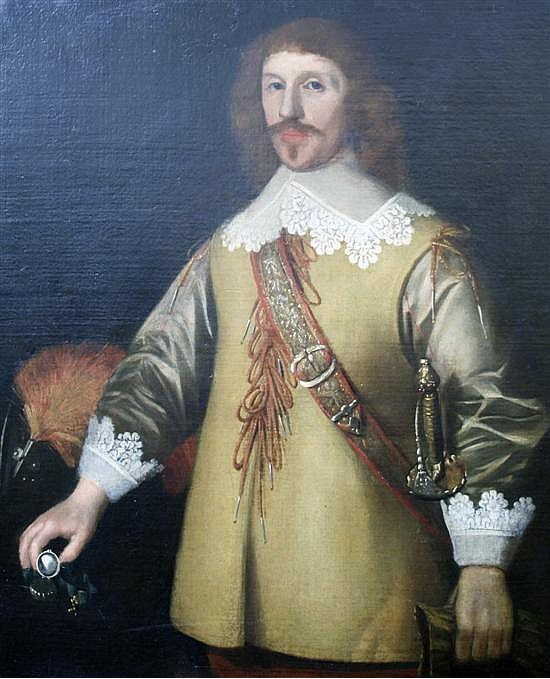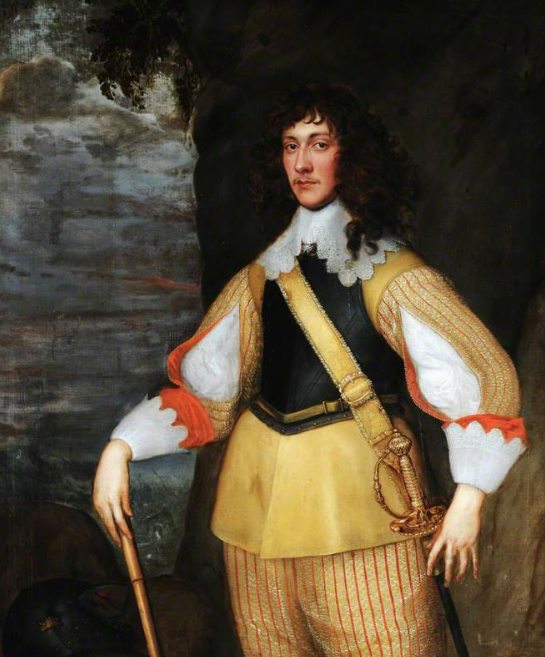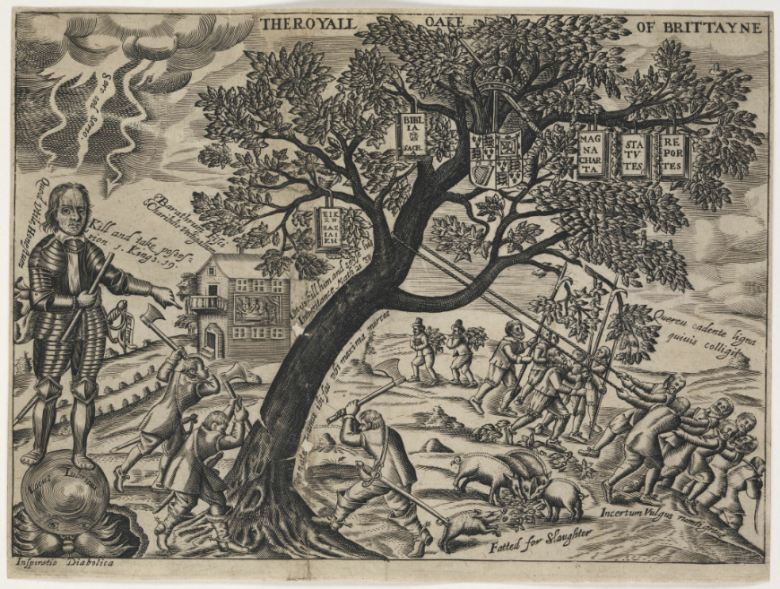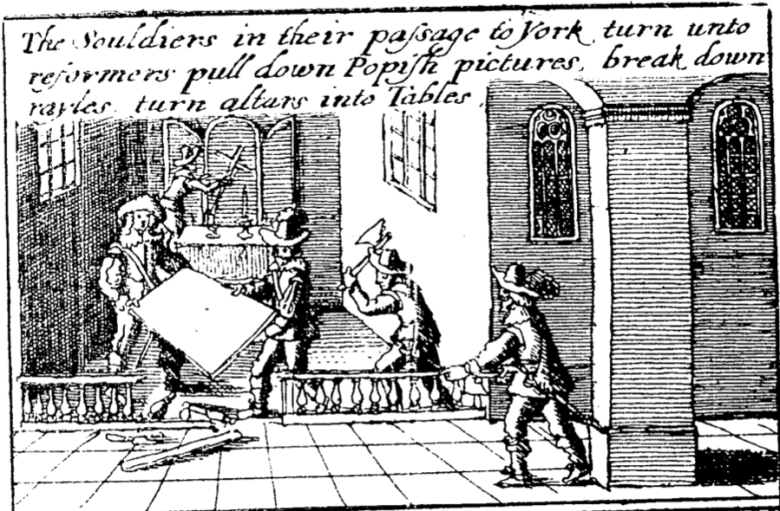1646 Spotters guide to the current tide of religious groups in England.
The Libertine. Not really a sect though the term was first coined by Calvin. Libertines were for physical pleasure over everything else and rebelled against moral restraints. This chap is just about to smash the ten commandments with a hammer in his short coat, tall hat and sword baldrick.
 A pish at sin and open violation,
A pish at sin and open violation,
By wilfull lust, deserves just condemnation:
Repentance, though a Riddle, this Ile say,
Thou must unfold the same or perish aye.
Then least this holy Law thou yet dost sleight,
Shall presse thee one day with a dreadfull weight.
The Anti-Scripturian. This guy in a short coat (note the buttons on the back vent) is denying the power of the words in the bible. This doesn’t as far as I can tell seem to have been an actual sect, rather a feeling that not everything in the bible is literal truth.
By cursed words and actions to gainsay
All Scripture-truth, that ought to guide thy way,
Without all question, were it in thy power,
Thou would it all sacred Rules at once devoure:
Poor man, forbear, thou striv’st but all in vaine,
Since all mans might shall but confirme the same.
The Soule Sleeper believed that the human soul in not actually immortal, and that between death and Judgement Day the body is uncomprehending, in effect that the soul goes to sleep. This chap is obviously thinking long and hard about this in his coat (or doublet?) and falling band.
That soules are mortall, some have dar’d to say,
And by their lives, this folly some bewray;
Whilst (like the beast) they only live to eat,
In sinfull pleasures wast their time and state:
Meantime forgetting immortality,
To woe or joy for all eternity.






















